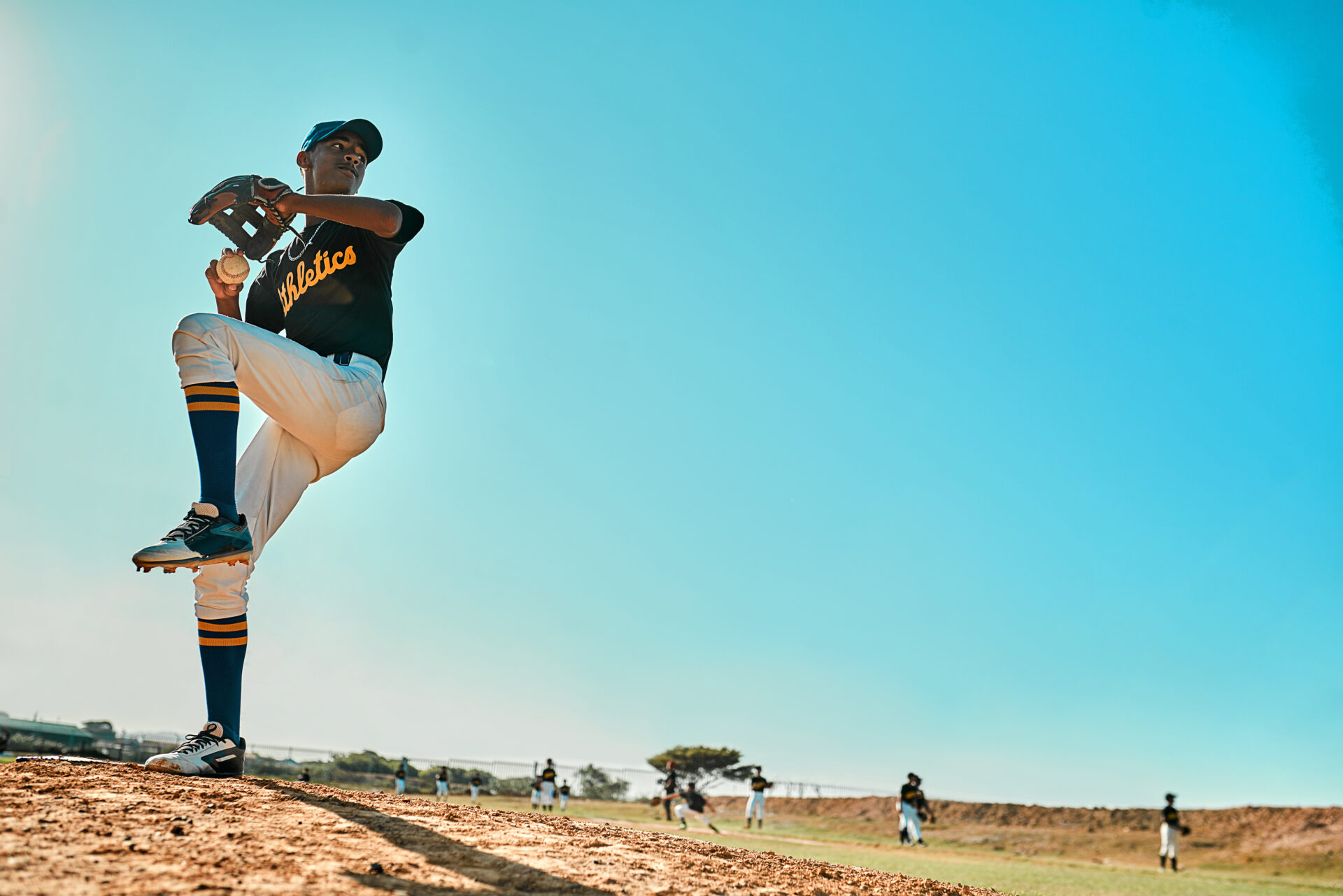Shoulder instability and shoulder dislocations pose significant challenges, particularly for athletes and active individuals, leading to discomfort and limiting movement. In this article, Arth Patel, MD, MPH, a respected physician in Sports Medicine at Advanced Orthopedics and Sports Medicine Institute (AOSMI), delves into the causes, signs, and effective management strategies for shoulder instability, stressing the importance of specialized sports medicine interventions for optimal joint function and athletic performance. At AOSMI, we have a dedicated team of sports medicine doctors who are committed to working with you to restore your shoulder strength and functioning. Our all-star team of Sports Medicine specialists includes Dr. Arth Patel – Fellowship-trained in Primary Care Sports Medicine, and our orthopedic surgeons: Dr. Michael Greller – Fellowship-trained in Sports Medicine, Dr. Garrett Sobol – Fellowship-trained in Sports Medicine, and Dr. Joseph Tauro – Fellow of the American Academy of Orthopedic Surgeons.
Principal Causes of Shoulder Instability
Shoulder Instability is often triggered by damage to or weakening of the ligaments and tendons that support the joint. This condition can appear as a subluxation (a partial dislocation) or a full dislocation, severely impacting function and causing pain.

Traumatic Injuries
Traumatic injuries are the leading cause of shoulder dislocations, common in high-contact sports, accidental falls, and collisions. Sports such as football, hockey, and baseball are particularly associated with a higher risk of shoulder dislocations.
Patients with dislocated shoulders typically report acute pain, reduced mobility, and sometimes visible joint deformity. Frequent dislocations or feelings of instability warrant a professional evaluation and intervention. Shoulder dislocations can be associated with labrum tears, and bone injuries (Bakart or Hill Sachs lesions) that can lead to shoulder instability.
Given that injuries account for over 95% of such cases, focusing on prevention and treatment within sports medicine is vital. Shoulder dislocations at a young age, and repeated shoulder dislocations throughout one’s life can lead to or be an indicator of shoulder instability.
Repetitive Stress and Overuse
Shoulder instability can also stem from the repetitive stress and overuse seen in activities requiring overhead motions, like swimming, baseball pitching, and volleyball. These actions gradually weaken the shoulder’s supporting structures. Studies have shown that up to 70% of participants in these sports experience shoulder issues, underlining the need for appropriate preventive measures and conditioning within sports medicine practices.
Genetic and Developmental Factors
In a minority of cases, genetic predispositions or developmental abnormalities can lead to shoulder instability, with such conditions accounting for 2% to 10% of instances. Issues like Ehlers-Danlos syndrome or improper development of the shoulder can inherently weaken the joint, making dislocations more likely even during regular activities.
Strategies for Effective Management and Prevention

For suspected shoulder instability, immediate consultation with a sports medicine specialist is recommended. Non-surgical treatments, such as physical therapy to strengthen the structures surrounding the joint, are often first-line responses. For athletes, preventive strategies, including sport-specific exercises and proper technique training, are essential to reduce the risk of shoulder instability. In cases where instability recurrently affects athletic performance or everyday life quality, surgical intervention may be explored to repair or reinforce the joint’s structures, aiming to restore full functionality and prevent future issues.
At AOSMI, we pride ourselves on offering world-class orthopedic care tailored to athletes and active individuals in need. We embrace a comprehensive approach that includes consultation with our sports medicine specialists, including a sports medicine surgeon, primary care sports medicine physician, and a physical therapist. Common symptoms of shoulder instability include shoulder fatigue, weakness, feeling “like the shoulder is slipping out, clunking or popping sounds, and repeated shoulder dislocations. Young athletes face a 95% chance of experiencing a second dislocation and must comprehend the risks associated with forgoing surgery. Moreover, MRIs are essential for assessing labral tears and bone morphology, potentially uncovering small fractures such as a bony Bankart lesion. While physical therapy remains the primary approach, an evaluation by a sports medicine specialist is crucial even for even a single shoulder dislocation or any signs of shoulder instability.
Experience Superior Shoulder Care at AOSMI
Dr. Patel is part of a team of musculoskeletal health experts including multiple orthopedic surgeons that specialize in shoulder dislocations and he will refer to a surgeon as appropriate depending on the needs of the patient. Here at AOSMI, we prioritize advanced sports medicine techniques to tackle shoulder dislocations. By emphasizing injury prevention, prompt management, and customized rehabilitation plans, we enable athletes to maintain peak performance levels and ensure the long-term health of their shoulders. If you are suffering from shoulder dislocation or shoulder pain, please request an appointment today so we can work with you to restore your shoulder strength.







